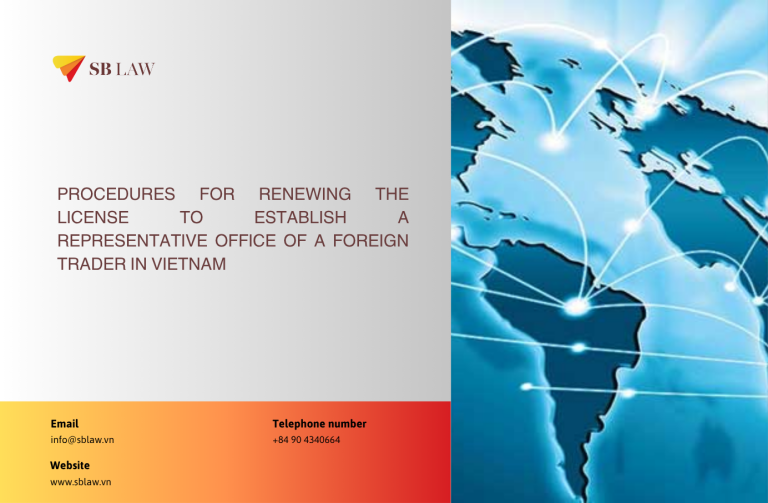The National Assembly Standing Committee expressed its concern about funds needed for a US$55.8 billion transnational bullet train project at a meeting on Saturday.
The project, submitted by the government, needs more than US$4 billion per year, of which $570 million will be drawn from the state budget, $2.4 billion from official development assistance (ODA), and the remainder from other sources.
Ha Van Hien, chairman of the National Assembly (NA)’s Economic Committee asked, “Is it feasible to mobilize more than $2 billion [from ODA] per year for the project while we also need huge investment for other projects slated to be carried out in the same period [2012-2020]?”
Vietnam needs around $57 billion to upgrade many roads including National Highway 1A and more than $12 billion to build nuclear power plants during the period.
Hien warned that the capital needed to feed the project might exceed initial calculations as funds for site clearance were estimated based on 2008 land prices with the project scheduled to start in 2012.
Nguyen Van Thuan, chairman of the NA’s Law Committee, was also worried about the funding.
The fact that the government planned to spend $55.8 billion on the high-speed rail line connecting Hanoi and Ho Chi Minh City was similar to a story in which a poor father wanted to buy a big house for his eldest son and a car for his younger son, said Thuan.
“We have to consider carefully between wishes and ability,” he said.
But Ho Nghia Dung, Minister of Transport, said only after the National Assembly approved the project could the government call on investment.
Dung also said he had introduced the project to some investors and all of them were interested in it.
Economic efficiency
Ksor Phuoc, Chairman of the NA’s Ethnic Council, said the government’s report on the project did not calculate the economic efficiency needed to recoup the investment.
Tran Dinh Dan, chairman of the NA office, echoed Phuoc, saying the government should estimate the minimum time it could take back the investment in both infrastructure and trains, as the Minister of Transport had only mentioned it would take 12 years to recoup the investment in the trains.
Hien said, “The Ministry of Transport has said the transport sector lacks means to serve about 57 million passengers traveling on the HCMC-Hanoi route per year. But the point is that we must estimate how many of them will use the bullet train.”
Nguyen Duc Kien, deputy chairman of the NA said, “The social and economic efficiency of the project must be clarified and submitted to the NA for consideration.”
Safety issues
The train will travel at a speed of around 300 kilometers per hour, but the report does not mention safety issues, said Ksor Phuoc.
Kien agreed, saying that the government should specify safety measures to operate the train after taking into consideration the country’s geographical conditions and the management capabilities.
The government said it would rework the project and submit it to the lawmakers at the next NA session held on May 20 this year.
PROJECT SCHEDULE
The high-speed railway project is divided into two phases, with the first to be completed in 2020 and the second 15 years later.
The 1,570-kilometer route will run from Hanoi Station in the capital to the Hoa Hung Station in Ho Chi Minh City, with 27 stations between.
The Hanoi-HCMC train journey would take some five and half hours instead of the current 30 hours.
The project will clear 4,170 hectares of land, forcing 9,480 families to relocate. яндекс
Reported by Nguyet Minh
Thanhniennews.com.




